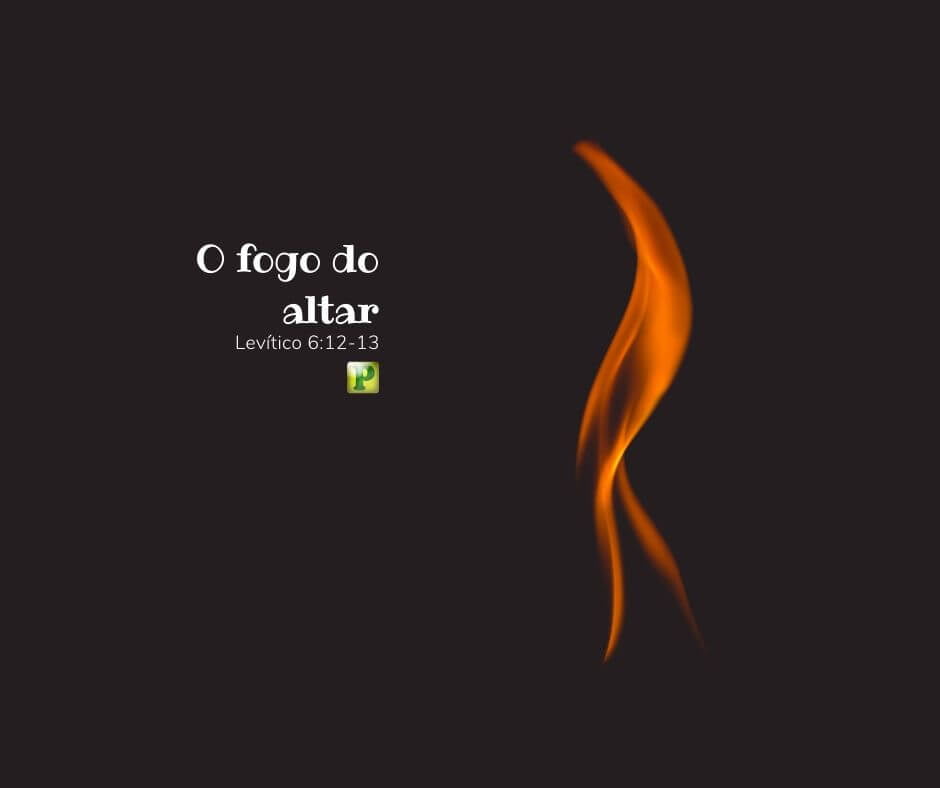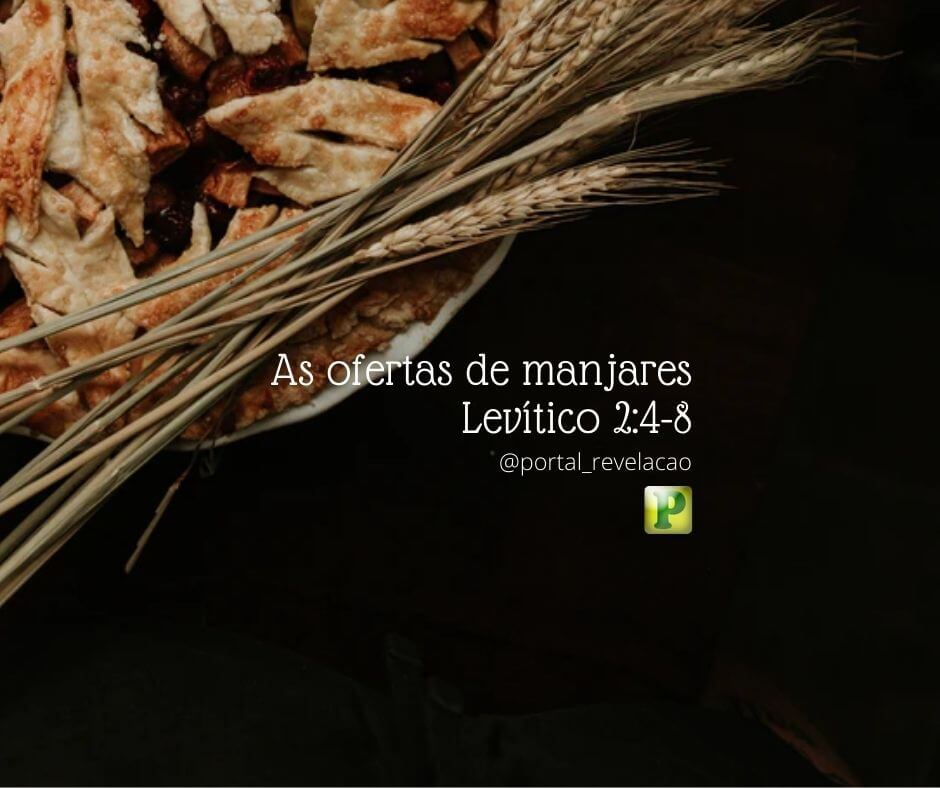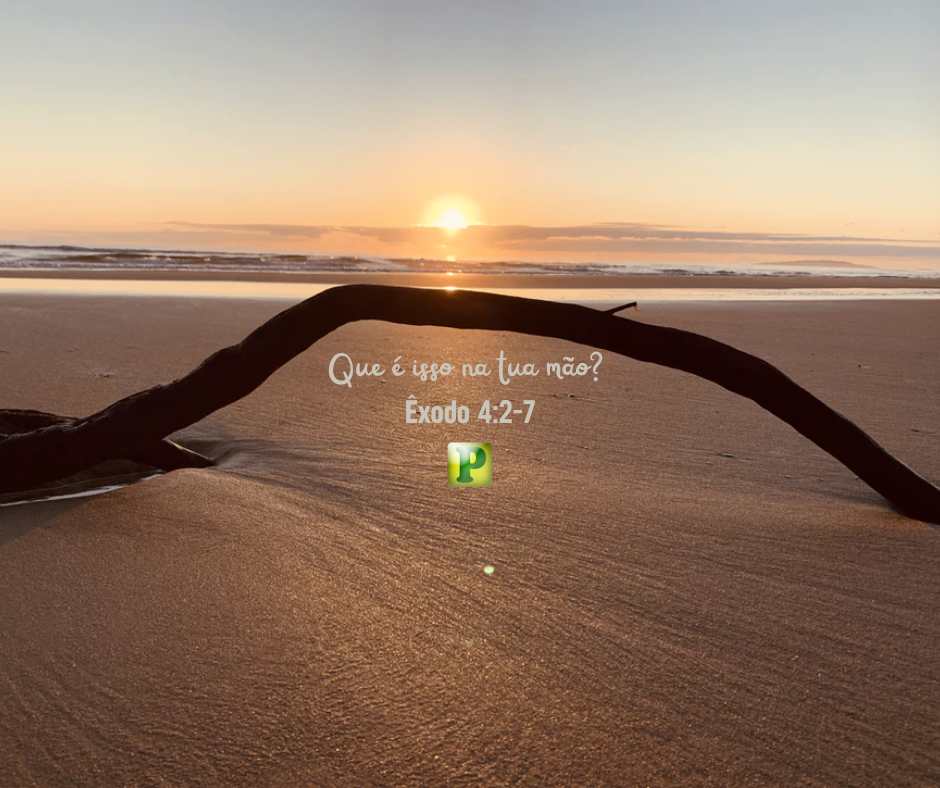Where the Lamb is – Preaching
Preaching Outline on Genesis 22:7 – “Then Isaac spoke to Abraham his father and said, ‘My father! And he said, Behold, my son! And he said, ‘Here are the fire and the wood, but where is the lamb for the burnt offering?
Introduction to Genesis 22:7
God’s plan for man’s life is very simple. The figure that God has always used since the first days has been that of the Lamb; the emphasis has always been on the Lamb.
When God spoke to Cain and Abel, he wanted a gift. Cain offered the fruit of the earth, Abel offered the lamb (Paul later wrote to the Hebrews about this act, a commemoration of what Abel had done: “…the blood that speaks to this day”, in other words, demonstrating that he was the figure God had chosen – the Lamb).
The text we are reading relates to Abraham and Isaac. Abraham was already old and married to Sarah, who was also old, and one day God promised them a son. Isaac was born. Some time later, God asks Abraham to sacrifice Isaac. This was a remarkable event that marked not only Abraham’s life, but that of all the people of Israel right up to the present day. He was his only son and God asked him to sacrifice him.
Isaac’s question
When Abraham goes up with Isaac to immolate him to the Lord, Isaac says: “The wood and the fire are here, the altar is ready, but where is the lamb for the burnt offering?”.
At every moment of God’s plan for mankind, at the most decisive moments, the figure of the Lamb was always in evidence, not just in the text we have read. When Jacob went to offer something to his father, while Esau, who had the right of primogeniture, went far away to look for game to make the stew that the “old man” Isaac wanted, Jacob’s mother told him to go quickly and catch the lamb (it was in the yard, in the sheepfold) so that he could kill it.
The Figure of the Lamb
In the story of Abraham with Isaac: we see the figure of the Lamb. God marking man in his individuality, that is, God and man individually.
When Isaac blesses Jacob:
Again the presence of the Lamb, but now it was the transmission of the patriarchal inheritance, Isaac was transmitting the inheritance of patriarchy to Jacob. Where was the Lamb in this? He was once again present and close by, in the yard.
On the way out of Egypt:
Later we see a third event and again the question: Where is the lamb? It was the people coming out of a four hundred year captivity in Egypt. And leave how? What was the sign of departure? How to get out without being shot? Then came the instruction: “kill the lamb”, put the blood on the lintel, on the doorposts and eat the lamb, in other words, the instruction about the Lamb. Israel was already a liberated people, but the Lamb was needed.
The figure of the Lamb is solidified when Jesus comes into the world and is seen and pointed out by John the Baptist at the Jordan when he says: “Behold the Lamb of God, who takes away the sin of the world”. The Lamb was slain.
Jesus comes into the world, dies on the cross and establishes a new order of things. Now salvation for man, all who would accept, who would partake of the Lamb, when Jesus takes the bread and wine and uses the figure of these elements to symbolize His death until He comes.
Here we have the institution of the Church, the universality of the Gospel, the grace of the Lord poured out on the world to save mankind and the understanding that God uses the figure of the Lamb at all times to mark the lives of those he loves.
The Big Question that can be asked today
The Church is entering its third millennium, although man’s counting isn’t precise, what matters to the Church at the moment is that it has the full understanding that God’s clock marks a precise moment, which is the Church’s moment, the moment when Jesus goes to get her, it’s the Church’s departure from this world. We don’t need a date or time, but Jesus speaks of a generation that will not pass away, and it’s the generation of facts that are there for everyone to see.
Will the Church leave this world? Will it be raptured?
Yes, of course. All the prophets, apostles and Jesus himself, pointed to this event, showed that the place of the Church is not here, it is God’s project for man, but the question is asked: “Where is the Lamb?”.
Abraham was the mark of obedience, of the faith that would be established for eternity, that would lead man to know salvation through Jesus (the Lamb). In Jacob ‘s life, the mark was the patriarchal inheritance (Abraham, Isaac, Jacob), the Lamb present. After the blessing of the people of Israel‘s departure from Egypt, the mark was never to be forgotten, that is, the Blood of the Lamb on the lintel and the Lamb eaten, inside each person; they were now a liberated people, a great nation, a people with an identity who were going to their own land.
Jesus is coming into the world (the Lamb), time is passing, the Church’s struggle is taking place in every age and now it is preparing for the rapture. The evidence and signs are there, but where is the Lamb? Is it in the great gatherings? In the liturgies? In the dispersions? In the masks that man makes to deceive? The Lamb is with those who are listening to His voice!
a) Who is Hearing the Voice of the Lamb?
The apostle Paul writes that at the last trumpet the Church will be caught up. So hearing the trumpet, knowing the blowing of the trumpet is fundamental for the Church that is going up. The blast will be heard individually (it is each person’s personal experience), it is God’s trumpet.
The Church is showing something different that the world can’t show because it needs to hear and be tuned in and in a position to hear the trumpet blast.
The Word says that in the final moments the trumpet will sound. The signs are there, the first blast nobody heard, the same thing happened with the second and third, but the fourth blast the Church has to be attentive to hear, because this blast is related to eternity, to the end of God’s project with the Church here in the world.
But how to hear the trumpet? Where is the Lamb?
In the Old Testament, the trumpet was made of ram’s horn.
So first of all, the lamb had to be dead, which means that anyone who doesn’t know Jesus’ sacrifice, who doesn’t have experience of his death and resurrection, won’t hear the trumpet blast. It’s not just a matter of coming to church and listening to a song or a message, but of hearing the sound of eternity, which is hard to hear in today’s troubled world.
The first thing you need in order to hear the trumpet blast is to be identified with the death of the Lamb, to know why Jesus died and rose again, to have experience of this fact, to know that He came to shed His Blood.
The same experience Abraham had when he was about to immolate Isaac, because the Lamb was there alive. The experience of Jacob, who also had the presence of the living Lamb in his yard (obedience). The people’s experience when they left Egypt: the Lamb was present in every family. Now, in the Church’s departure, the Lamb is present. Where is the Lamb?
Then the horn had to be put on the fire to remove the impurities from inside and outside, i.e. the remains of the meat, the smell of the meat, which is the smell of death (sin).
The shape of the horn was changed twice, first to be cleaned and then to be used.
The priest made a hole for the air to pass through and it couldn’t be any size, it was proportional to the size of the horn. It is the preparation of man to be used as God’s trumpet. God takes away the form of sin, cleanses it inside and out, and gives it His form so that He can use man. And what is the blowing of the trumpet like? The trumpet is the Lamb himself, the breath is the Spirit, the sound is the Word of the Father. Where is the Lamb? In the Trinity present in the midst of the Church, the orifice is the channel that connects the heart of man to the eternity of God, God speaks and man knows that it is He who is speaking.
b) Only the Church Knows the Sound of the Trumpet
It’s interesting that Israel used the trumpets a lot for various types of announcements to the people, short, long, alternating blows, in short, in various ways to warn the people of something important. The detail is that as the blows were like codes, the enemy didn’t know at all what the sound of the trumpet was warning them about.
Likewise today, the trumpet blast is the same, meaning that only those who are in tune with the Lamb will hear the trumpet, the blast to retreat, advance, prepare for war, etc.
The Work of the Spirit lives this exercise daily, the sounding of the trumpet, the voice of the Father through the Lamb who gives the breath of life (His Spirit), also through the spiritual gifts, which are not known by the adversary, because he doesn’t know the language of the Lord’s codes with His Church.
This is the most extraordinary moment in the life of the Church. God uses man as his trumpet, which is why the Word says: “…if you separate the precious from the vile, you will be the mouth of God”.
When we begin to understand this, we realize that if the smell of death has left, now comes the breath of life (the death of the Lamb; the resurrection must be in the life of the Church). It is the announcement made by the Church (trumpet – mouth of God) of solemn and special moments.
Where is the Lamb? Is He in your home? In your life? In obedience? In the uncertain places of man? In the hustle and bustle? At unholy parties? Where is the Lamb? How many are prepared for this hour? It’s a very serious moment!
The codes are being given every day in the midst of the Church, the moment is one of personal definition, the trumpet is ready to be used, the Church knows the code of the trumpet, it’s what nobody knows and it’s a mystery for this last hour, the world and the master of the world won’t listen because they don’t know the mysteries of the Church.
Conclusion of Genesis 22:7
Again the question: Where is the Lamb?
The Church knows where the Lamb is. Where is the Lamb?
Preaching Outline on Genesis 22:7 – “Then Isaac spoke to Abraham his father and said, ‘My father! And he said, Behold, my son! And he said, ‘Here are the fire and the wood, but where is the lamb for the burnt offering?






